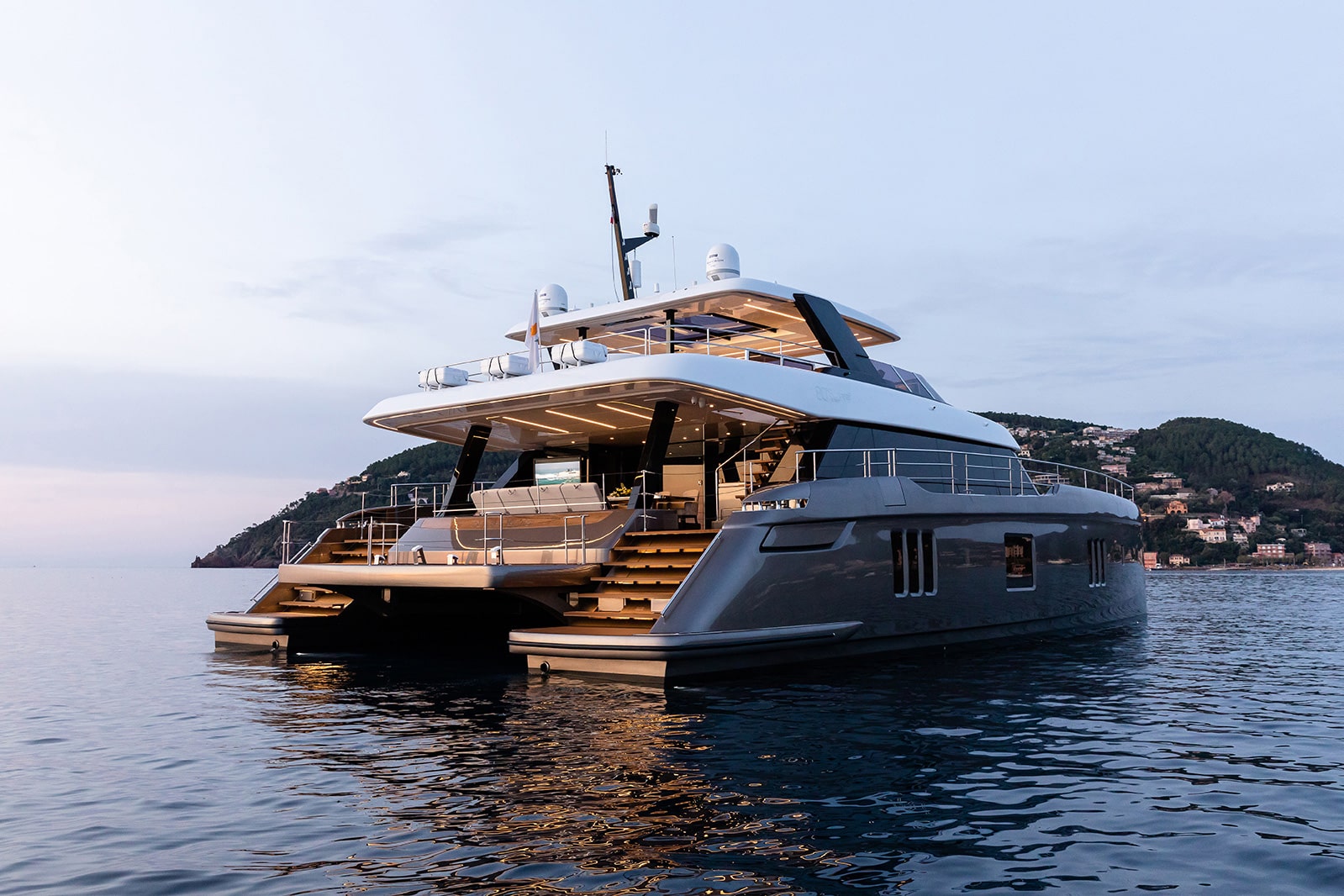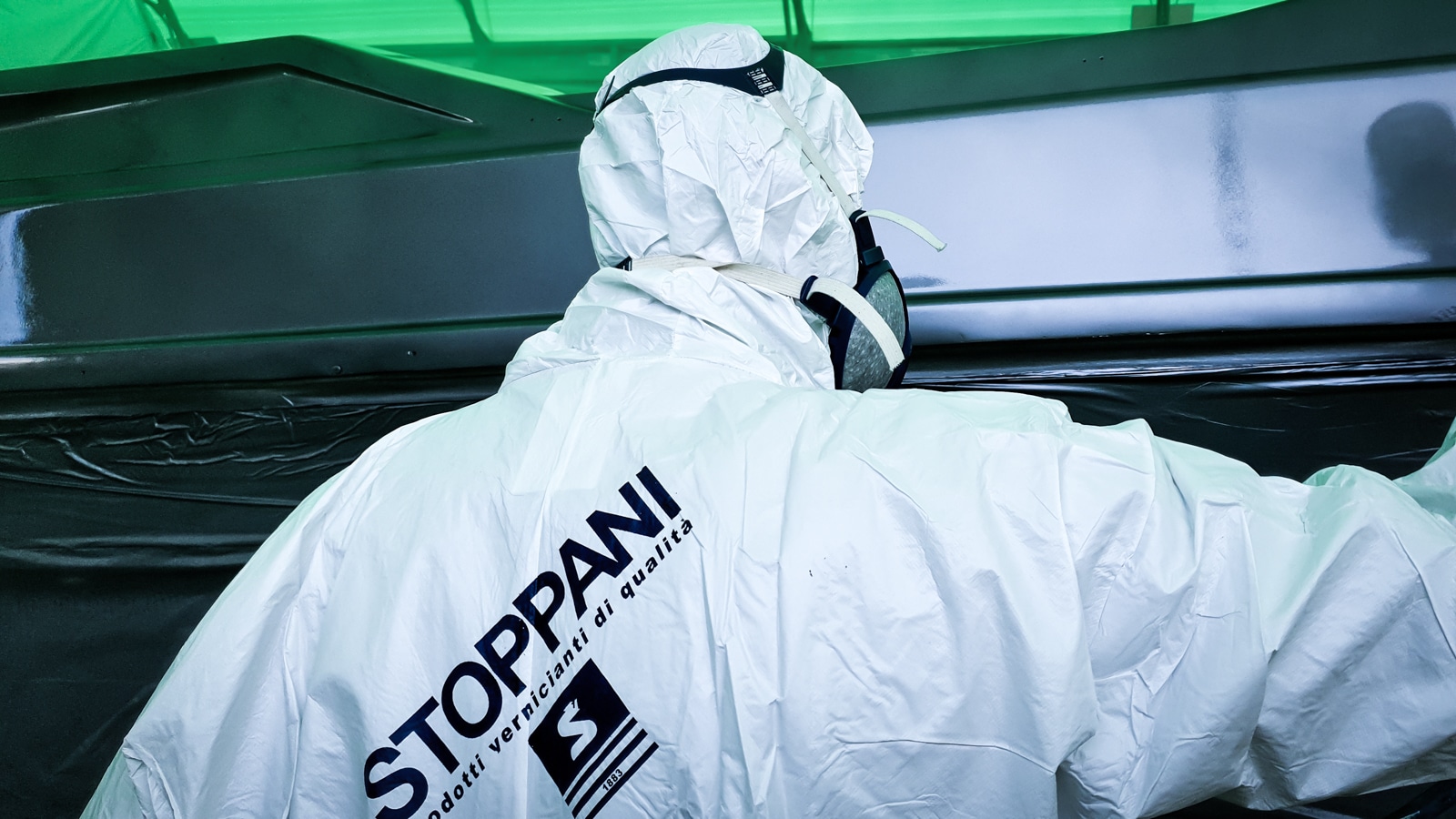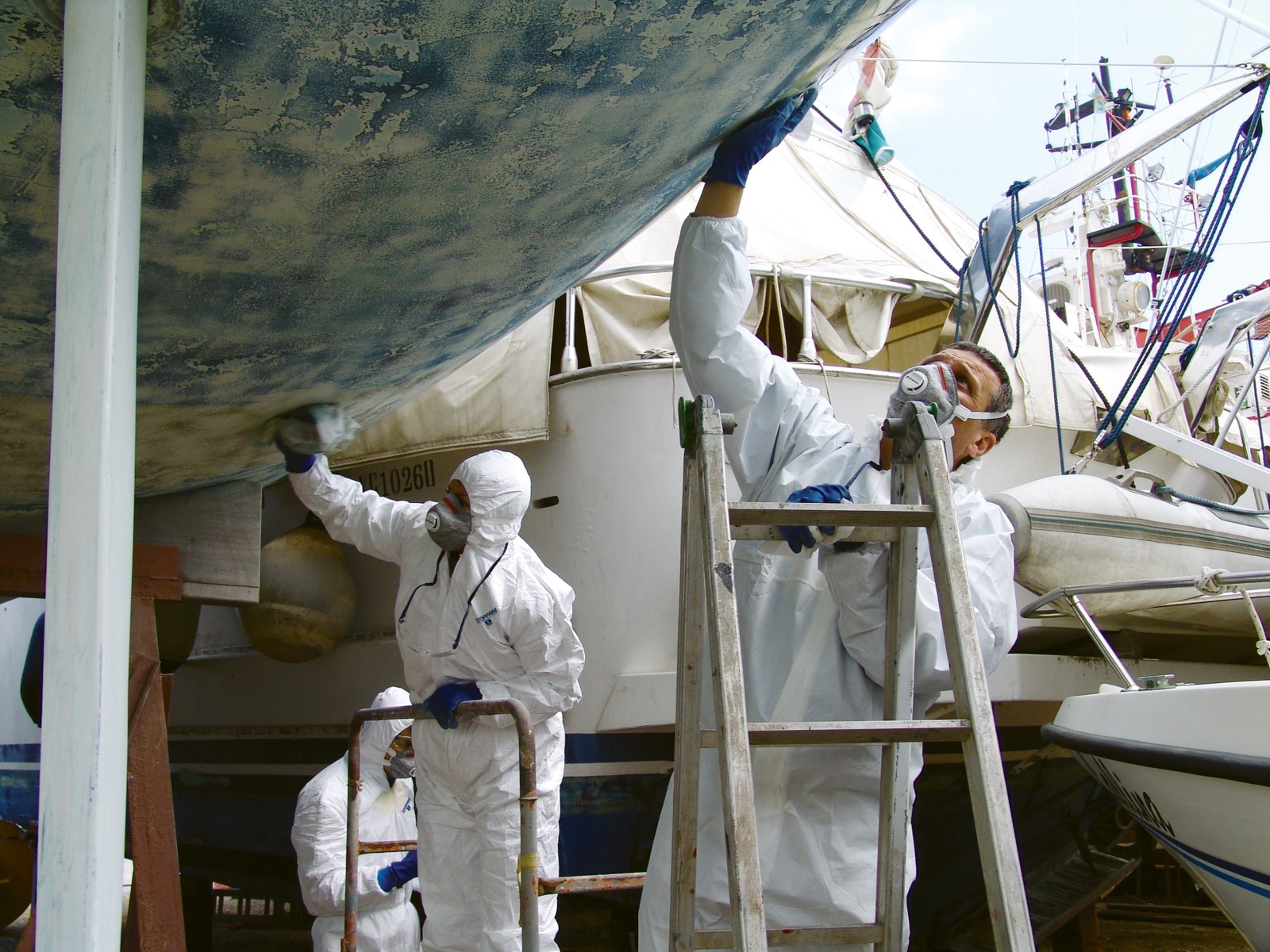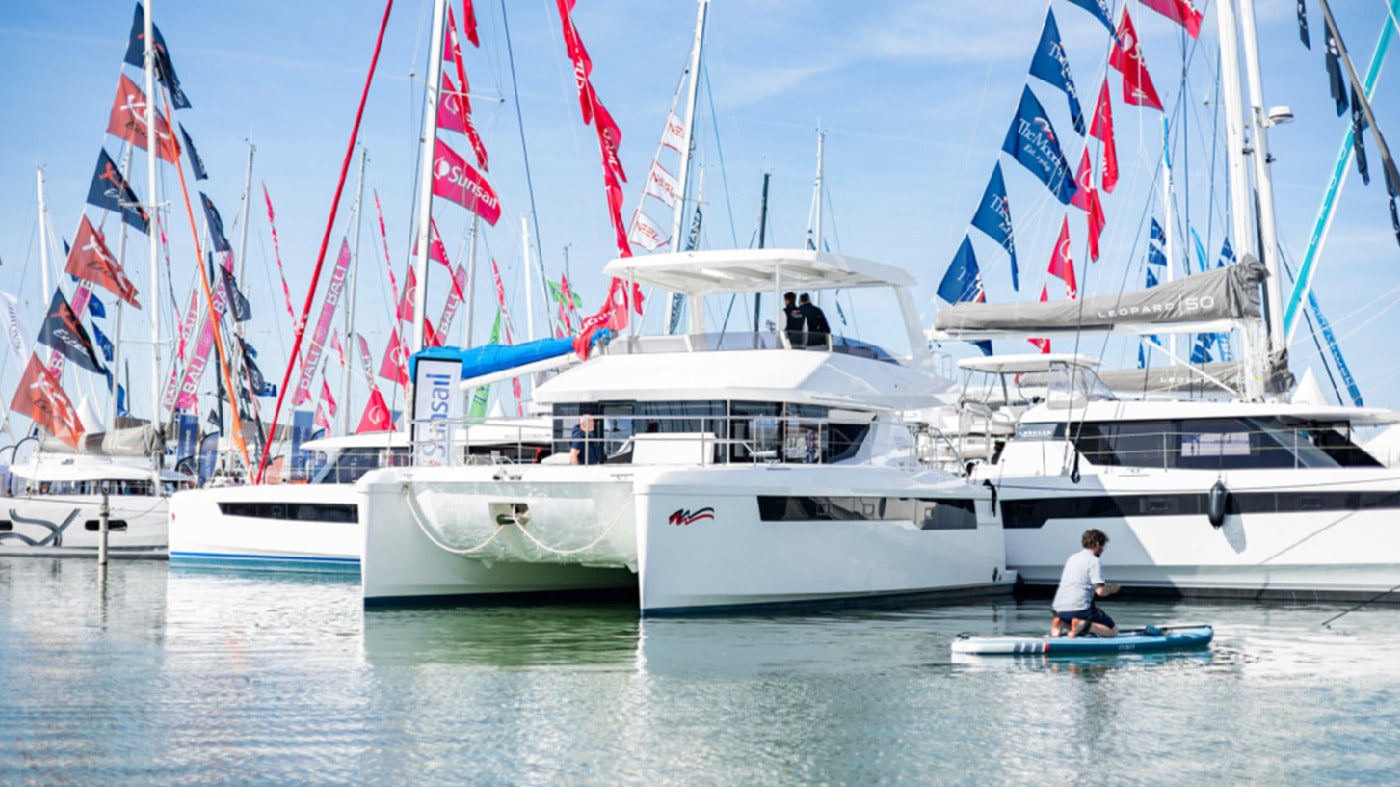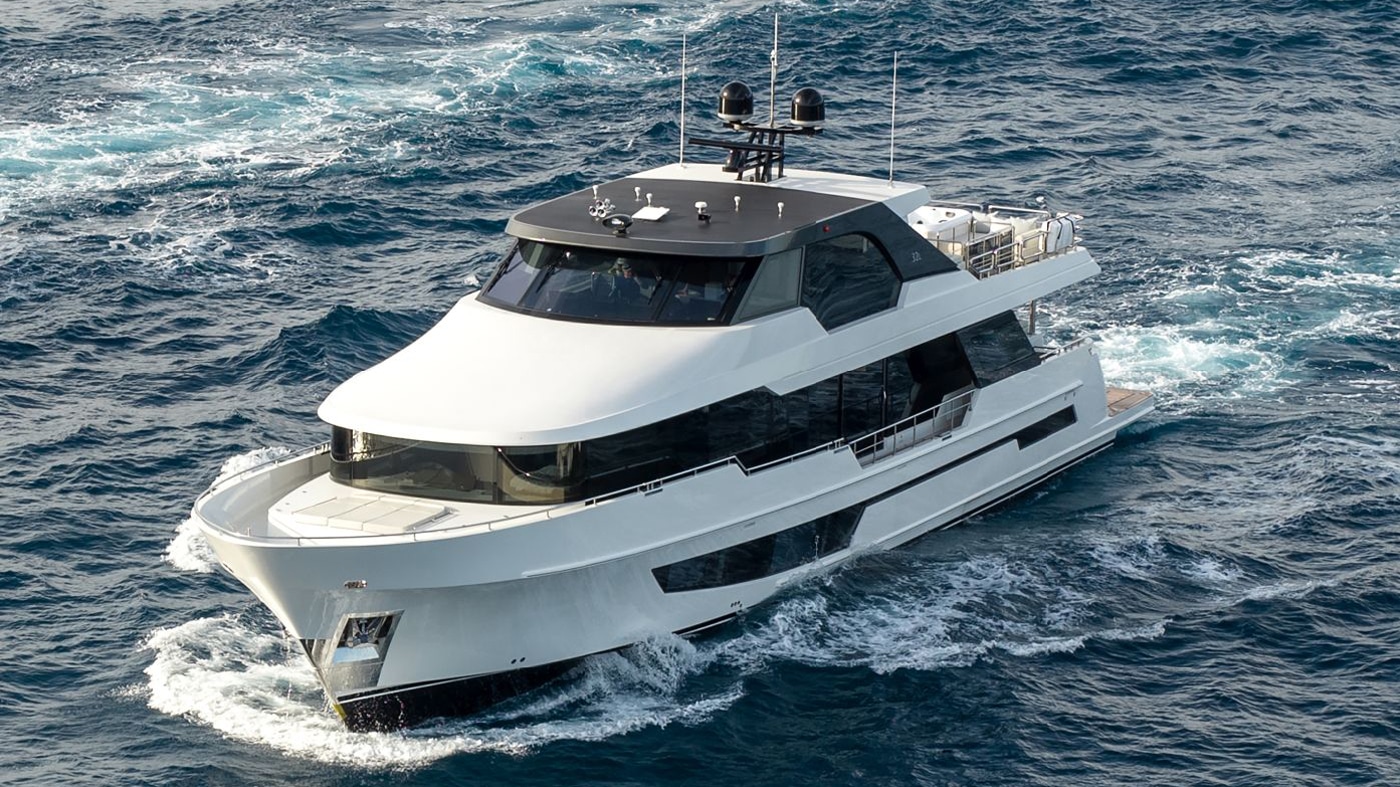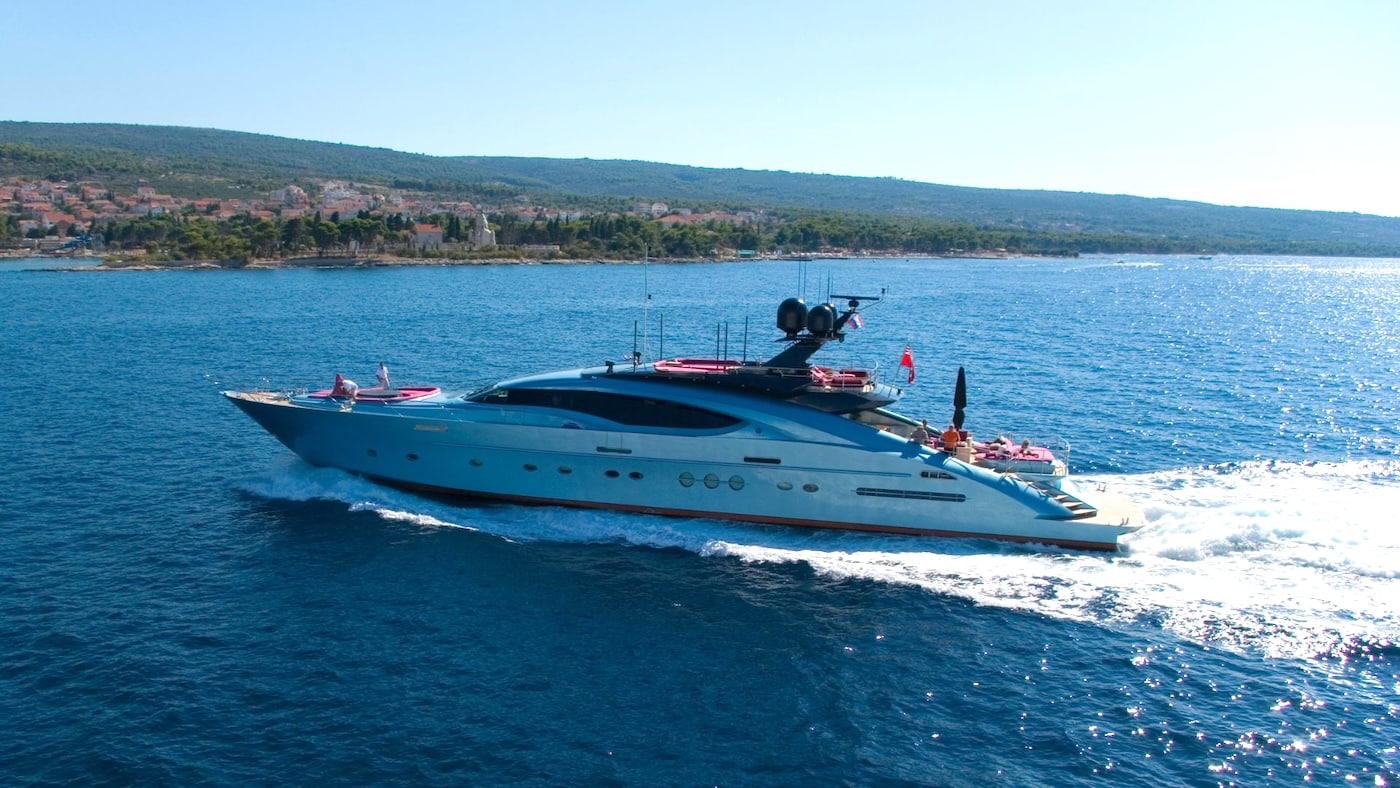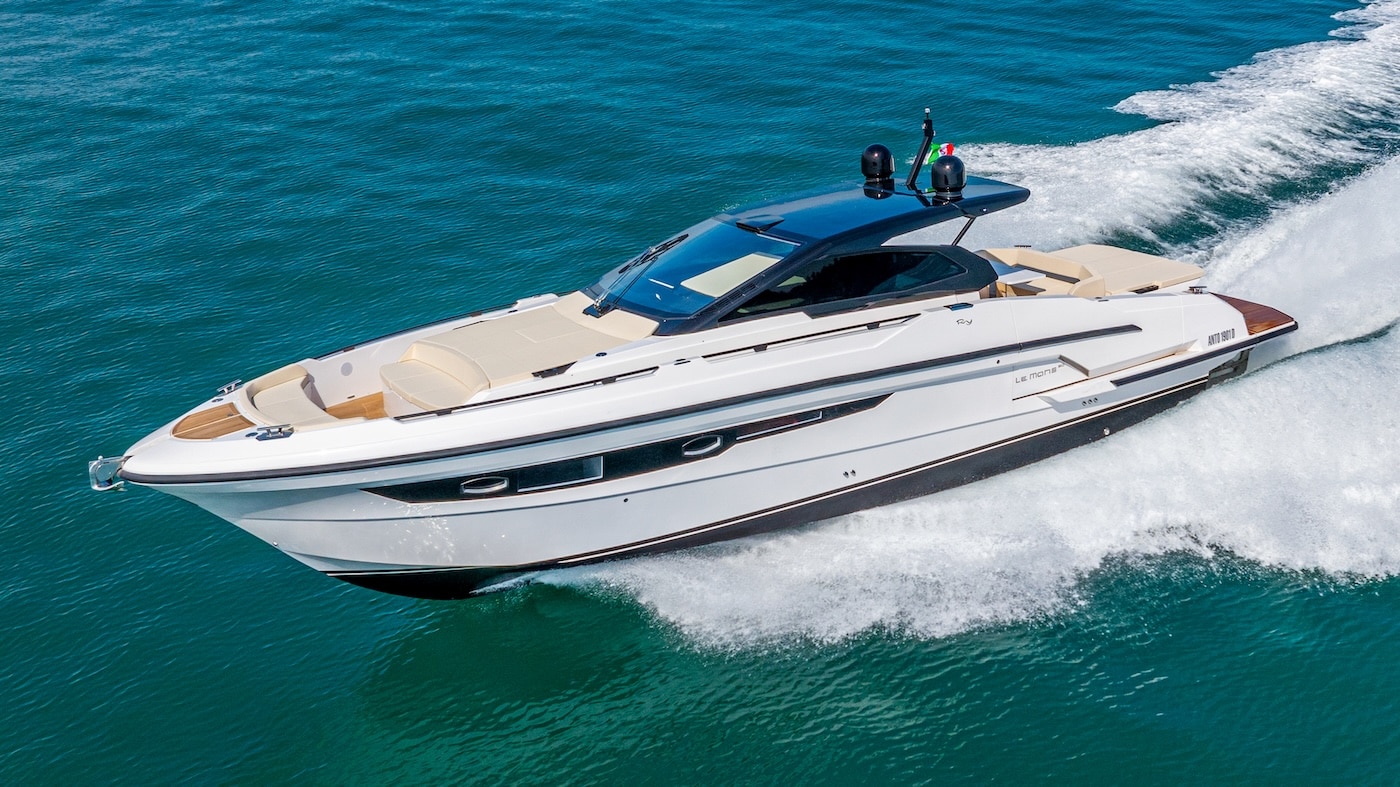Stoppani : here are the secrets to always having a perfect hull
Keeping a boat in excellent condition is one of the main concerns for most boat owners, and perhaps, the most difficult to put into practice. To ensure a healthy wetted surface of the hull for your boat, you need to check it, clean it and treat it regularly with appropriate products that prevent the formation of fouling on the hull.
Choosing the right paint is another difficult task, but a helping hand in this is provided by Stoppani, Lechler’s brand for the yachting industry and excellence in the production of paint products since 1883. Stoppani will explain all the secrets for properly maintaining a boat.
Fouling and antifouling: what they are
What is fouling? For the beginner as well as the more experienced boating enthusiast, fouling is a colonization of algae or other marine organisms on the surface of the hull which creates fouling.
The wetted surface of the hull, being the submerged surface of the boat, is subject to the settlement of these microorganisms, which vary depending on temperature, water salinity, wave motion and many other factors.
Antifouling is a layer of paint that is applied over the entire wetted surface of the hull to protect it from fouling, the accumulation of algae and small marine organisms that routinely settle on submerged parts. In addition to reducing a boat’s performance, sometimes and in the long run, it can also damage the hull’s drive components. If this protection is absent, these fouling would slow down the boat in navigation, increasing its consumption, weighing down the hull and changing its profile.
All antifouling paints, being products whose active ingredient is released into the sea, must pass strict controls before being marketed since they must comply with all environmental regulations.
As a result of stringent regulations, the toxicity of the products and the great difficulties in application, DIY is not recommended; for the removal and application of antifouling it is always best to rely on professionals. More than 90% of boat owners, in fact, prefer to entrust this delicate work to a shipyard, which, being equipped for this type of work, has the ability to dispose of this toxic waste properly, without harming the environment.
Stoppani antifouling paints
Antifouling paints are crucial for the hull maintenance; thanks to “biocides,” the additives that inhibit the rooting of marine organisms, they prevent the formation of fouling on the hull.
An antifouling paint is always composed of: resins (the paint film that releases the biocides), solvents (allow the uniform application of the product), pigments (give the color) and active principles (components with biocidal action that counteract the formation of fouling).
There are two main types of antifouling paints on the market, which differ in the way the active ingredients are released: Hard Matrix are those paints that release the biocidal substances slowly over time, independently of the boat’s motion, and at the end of the action leave the spent product skeleton on the hull.
Soft-Matrix (or self-polishing) paints, on the other hand, release the paint, not just the biocides, during navigation by contact with water, wear off with continued use, avoiding the buildup of thickness, as hard-matrix antifoulings do, and if the initial thickness on the hull is increased, they can extend their protection time.
Choosing the right antifouling generally depends on the type of use of a boat. As a guideline we can say that if the boat is very fast the hard matrix is a must, as the self-polishing matrix would last very little.
Similarly, also in the case of boats that do not spend much time at sea, or spend long periods of time in port, the hard matrix is definitely the most suitable product because it offers greater resistance with longer durability. In the case, on the other hand, of long sailings, the self-sanding matrix is the most suitable solution because as it wears out gradually, it guarantees optimal protection.
Antifouling: when and how
As a general rule, it is advisable to do the cleaning and antifouling application once a year, during the downtime period, before putting the boat back in the water for the new boating season. Beyond antifouling, it would be best to haul the boat out before the new season, so that it can dry out and you can thoroughly check the wetted surface of the hull, bulb, shaft, propeller, stern drive, sea intakes, and anything else that is normally submerged and could show damage.
In order to apply antifouling properly, there are definite rules so that it can perform its protective function well:
- Never use a hard antifouling over a previously laid soft one. In fact, it is necessary to respect the rules of application in the quantities indicated and it is advisable to always apply two coats of product, a third coat then, should be given only in the points of greatest consumption such as waterline, profiles and drift.
- Dust from sanding can be dangerous and harmful, so to carry out this operation it is advisable to protect yourself with special dust masks and use wet sanding papers.
- For the axle, propellers and stern drives it is necessary to apply a ‘hard matrix antifouling, specific and suitable for these areas. The best methods for spreading it are by roller and brush, but with professional tools it can also be applied by spray.
Special attention should be paid to aluminum-made boats: please check product data sheets carefully to avoid running into galvanic current risks. To choose the right antifouling, therefore, it is necessary to take into account a number of factors such as: the type of boat, speed, pre-existing products, water quality and environmental factors, etc… Precisely for this reason, Stoppani expresses in its catalogue the suitability of its products in relation to different substrates, and the different needs of boat owners.
Wetted surface of the hull: key steps
To proceed to the application of antifouling, the maintenance of the wetted surface of the hull requires additional steps that Stoppani believes are essential to the proper care of the boat, avoiding hull damage and nasty surprises when underway.
- After washing the boat with a pressure washer, it is necessary to let it dry and check for pre-existing paint, stripping them and proceed with sanding.
- Check the condition of the antifouling: if it is in good condition you can renew it with a new coat of compatible product, if it is not in good condition or you are not sure of compatibility, remove it by sanding and apply a coat of Tie Coat, then, apply the new antifouling.
- Apply two coats of antifouling, and a third reinforcing coat, to the most sensitive areas. The second coat should be given just before launching to prevent sun, water or air from affecting its protection.
Stoppani: yachting quality
Backed by great expertise, care and research in paint products, Stoppani offers a wide range of products that allows boat owners to decide on the most suitable solution according to their needs and the hull of their boat. You can choose the product you prefer, and even the color that best suits your boat thanks to the wide range of Stoppani’s proposals.

